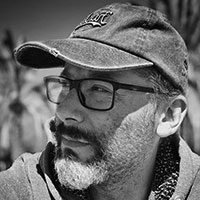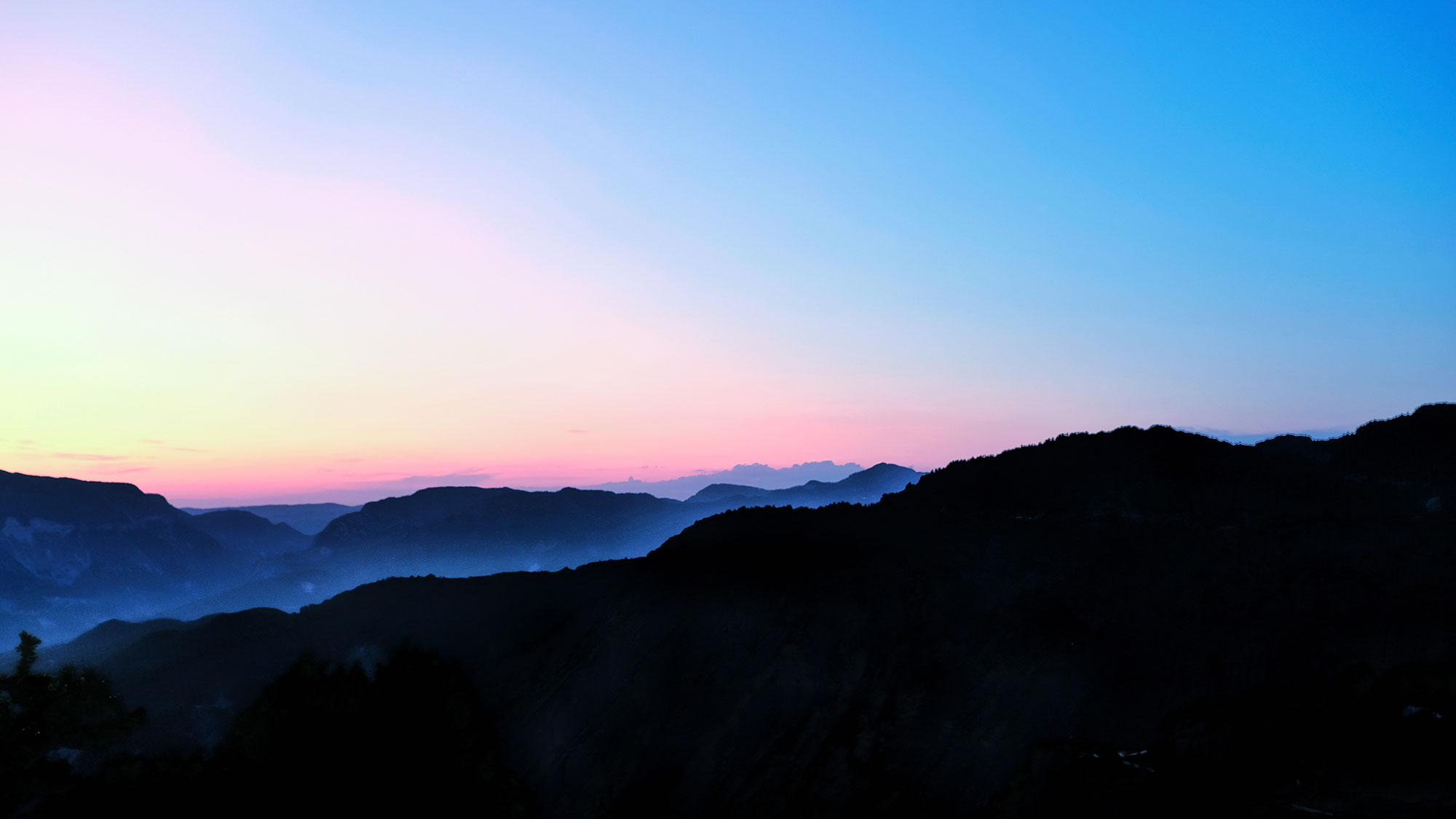Epirus, Greece – A miracle of nature
My name is Dimitris, an amateur photographer from Greece. I was born in a small town in north-west Greece, Arta. Where I come from, mountains, nature, rivers, are some of the first things you notice when you approach the Tzoumerka mountains, 1-hour road trip from Arta. The proud, imposing Tzoumerka mountain chain stands in a wild area, which remains untouched by modern civilization. Deep gorges, bare rocks, rich natural environment, impetuous rivers and traditional settlements are some of the characteristics that compose a unique scenery of wild beauty. The greatness of nature meets history and tradition, and life follows nature’s call, far from the noise and stress of the urban areas.
Athamanika or Tzoumerka is a mountain range in northwestern Greece, part of the wider Pindus mountain range. Its highest point is the mountain Kakarditsa, at 8,000 feet.
I like taking photos when I go up the mountains, and I always try to find the right place to take pictures with depth, while showing the beauty of colors and contrasts. In Epirus, there are many attractions to admire. Besides greenery and mountains, Epirus has a lot of monuments and attractions to see.
In the area of Kleisoura in Preveza, at the top of a green hill, there is a small fortress of the 19th century, which remains in very good condition. In the eyes of visitors, the castle of Pente Pygadia (“Five wells” in English) is a small two-storey castle. From above, however, it has the shape of a cross.
Traveling northeast to Tzoumerka mountains, you meet the village of Katarraktis (“Waterfall” in English). Driving 5 minutes by car, you meet the monastery of Agia Aikaterini. It was founded in 1730 but was completely rebuilt in 1827.
Anytime you visit, the nuns who live there and the priest of the monastery will kindly welcome you. Many people visit the monastery but especially during August, when many, while making their vacations, also visit their loved ones who live far from the city.
Not far from the village of Katarraktis, you will meet the twin waterfalls. Both of them nearly are 300ft high, creating a magnificent landscape. The water from the mountain ends after a course of about 6 miles in the river Arachthos.
Walking around the mountain, you can see all the beauty of nature.
Ιf you have patience and time you can photograph many species of animals and insects as long as you respect nature and its rules.
Near the Kalarrytes village, above the gorge of the Kalarrytikos river, at the entrance of the cave of the vertical rock, there is one of the most impressive monasteries of Epirus. This is the Monastery of Kipina, which is said to have been named after the gardens cultivated by its monks in the surrounding area. Texts state that Archbishop Gregorios founded it in 1212.
During the years of Ottoman rule, according to tradition, there was a secret school in the monastery, while the cave located inside the monastery was used as a shelter by the locals.
Not far from Monastery of Kipina, you will meet in the beautiful scenery of trees the Kouiasa’s watermill. There is a beautiful and easy route through the greenery and with many opportunities for swimming in the river. However, even on summertime, the waters are very cold.
Returning to my hometown Arta, there is the Bridge of Arta, a stone bridge of the river Arachthos, of the 17th century.
The famous bridge is located in the west of the city and is 1 km from the center. It is the most famous multi-arched stone bridge of Epirus, which bridges the two banks of the river Arachthos and is one of the most well-preserved monuments in the city.
The first camera I bought (back to 2008) was a Nikon D40, then a D7000. When a friend of mine gave me a Fuji X-T10 to play with, that was the time when I sold my Nikon gear, and I bought my first Fuji X-T10. The colors, ergonomics and the fun while shooting were the primary reasons to switch. Until now, I’ve tried a lot of Fuji cameras such as X-T20, X-T2, X100F, X-T3. Now I own a Fuji X-H1 with Fujinon 16-55mm f2.8 & Fujinon 56mm 1.2. This is my current gear now (not saying that I’ve tried other lenses too)!
I was born in 1978 in Arta, Greece, and back then, I didn’t realize that the place I’ve lived had so many beautiful places to see and visit. When you are a kid, you always want to play, so now that I am at the age of 40’s, I have my toy to play with. My Fuji camera X-H1. A workhorse in my hands in every situation. Besides landscape photography, I also like to take portraits from friends and family. That’s why the 56mm 1.2 is a must lens for this kind of photography.
It’s not the fastest Fuji’s lens but is one of the sharpest ones. But when I travel, the 16-55 f2.8 is mounted on the body all the time. The most amazing lens I owned, and if you use it with a camera like the X-H1 or X-T4, you won’t even worry about shaking photos.
Capture One 20 and Lightroom are the two main pieces of software I use for editing my photos when I get back. I also use the Nik Collection from DxO & On1 that helps editing in a more “stylish” way.
Overall, when I switched to Fuji, my passion for photography got higher. I don’t know how to describe it, but you have to try it to understand that feeling.

“My name is Dimitris Triantafillos, and I am 41 years old. I was born in Arta and now I live in Athens. I work as a mechanical engineer, and in my free time, I listen to music besides photography. “

















